Home>Articles>Where In The Refrigerator Should Raw Meat Be Stored
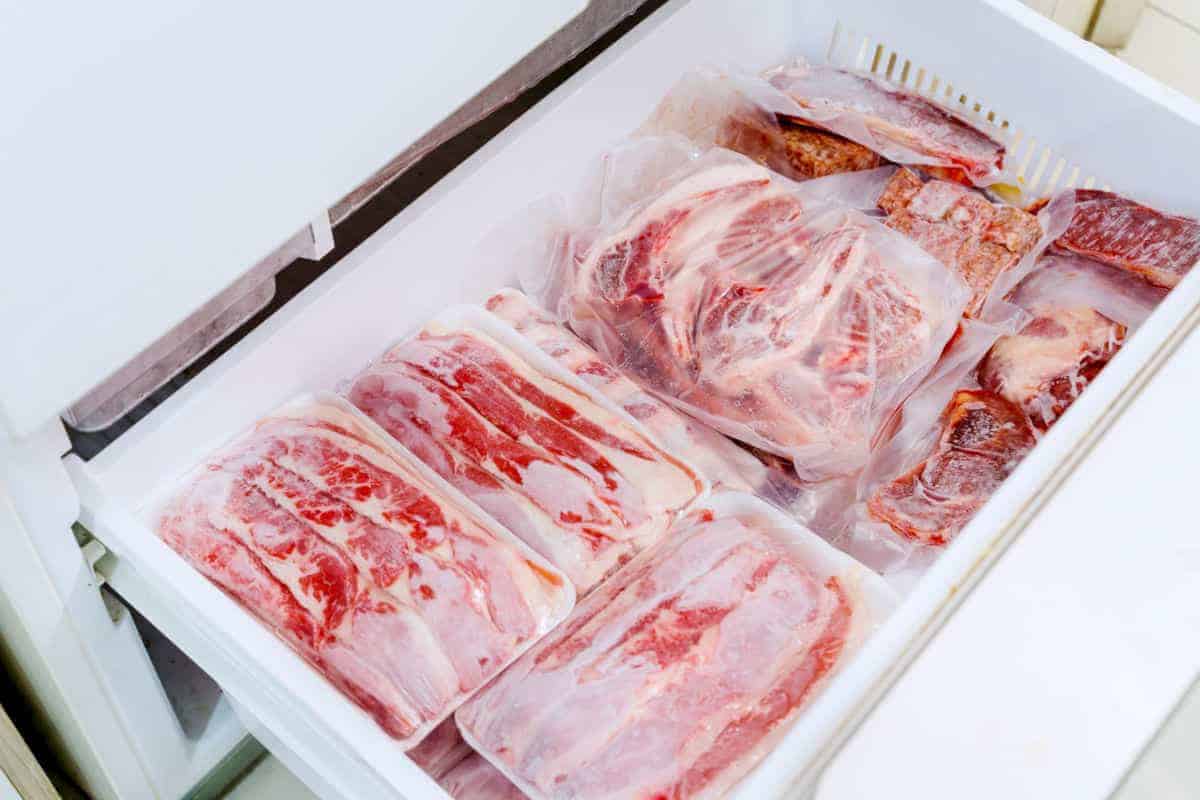

Articles
Where In The Refrigerator Should Raw Meat Be Stored
Modified: May 6, 2024
Discover the best storage practices for raw meat in your refrigerator. Read our informative article to learn where to store raw meat to ensure food safety and prevent cross-contamination.
(Many of the links in this article redirect to a specific reviewed product. Your purchase of these products through affiliate links helps to generate commission for Storables.com, at no extra cost. Learn more)
Introduction
Proper food storage is essential for maintaining the quality and safety of our food. When it comes to storing raw meat, it becomes even more crucial. Raw meat is highly perishable and can harbor harmful bacteria that can cause foodborne illnesses if not handled and stored correctly. In this article, we will explore the importance of proper storage for raw meat and discuss the best practices for storing it in the refrigerator.
Storing raw meat properly not only helps to prevent the growth of bacteria but also ensures that it stays fresh for a longer period. It is essential to understand that the temperature at which we store raw meat plays a significant role in maintaining its quality and reducing the risk of foodborne illnesses.
Let’s dive into the specifics of storing raw meat safely in the refrigerator.
Key Takeaways:
- Properly storing raw meat in the refrigerator at a temperature below 40°F is crucial to slow down bacterial growth and prevent foodborne illnesses. Use sealed containers and store on the bottom shelf to maintain freshness and safety.
- Avoid common mistakes like leaving raw meat uncovered, storing it in the refrigerator door, and thawing it on the countertop. Practice proper hygiene, follow USDA guidelines, and regularly inspect for spoilage to ensure safe and flavorful raw meat.
Importance of Proper Storage for Raw Meat
Proper storage of raw meat is crucial for several reasons. Firstly, it helps to maintain the quality and flavor of the meat. By storing it at the correct temperature, you can slow down bacterial growth and preserve the natural juices, texture, and taste. This ensures that when you cook the meat, it will be tender, juicy, and full of flavor.
Secondly, proper storage is necessary to prevent foodborne illnesses. Raw meat can contain harmful bacteria such as Salmonella, E. coli, and Campylobacter. These bacteria can multiply rapidly in temperatures between 40°F and 140°F (4°C and 60°C), known as the “food danger zone.” When consumed, these bacteria can cause severe illness, leading to symptoms like nausea, vomiting, diarrhea, and even more serious complications.
By storing raw meat at the right temperature, you can slow down bacterial growth and reduce the risk of foodborne illnesses. This is especially important when storing meat for an extended period or when you intend to consume it raw or undercooked, such as in the case of steak tartare or sushi.
Finally, proper storage of raw meat is essential for preventing cross-contamination. Cross-contamination occurs when the juices from raw meat come into contact with cooked foods, ready-to-eat foods, or surfaces like countertops and cutting boards. These juices can contain harmful bacteria, which can transfer to other foods and result in contamination.
By storing raw meat properly, you can minimize the risk of cross-contamination and ensure that other foods in your refrigerator remain safe to consume. This is particularly important if you have raw meat alongside ready-to-eat foods like fruits, vegetables, or deli meats.
Temperature Requirements for Raw Meat Storage
The temperature at which you store raw meat is crucial for ensuring its safety and quality. The ideal temperature for storing raw meat in the refrigerator is below 40°F (4°C). This temperature range helps to slow down bacterial growth and maintain the freshness of the meat.
It’s important to note that refrigeration doesn’t kill bacteria, but it slows down their growth. By keeping the temperature low, you minimize the risk of bacteria multiplying to dangerous levels. Storing raw meat at temperatures above 40°F (4°C) increases the likelihood of bacterial growth, which can lead to foodborne illnesses.
If your refrigerator has a temperature display, make sure it is set to or below 40°F (4°C). If you don’t have a thermometer in your refrigerator, it’s worth investing in one to ensure that the temperature remains within the safe range.
It’s crucial to avoid storing raw meat in the door of the refrigerator. The temperature in the door fluctuates more compared to the back of the fridge or the bottom shelf. This fluctuation can impact the quality and safety of the meat. Instead, store raw meat on the bottom shelf or in a designated meat drawer, if your refrigerator has one. These areas offer a more consistent and colder temperature, reducing the risk of bacterial growth.
Another important consideration is defrosting frozen meat. Never thaw meat on the countertop at room temperature, as it allows bacterial growth. The safest method is to thaw meat in the refrigerator. Allow enough time for the meat to fully thaw, as a partially thawed piece of meat may create a breeding ground for bacteria.
When it comes to storing cooked meat, it should be stored at a temperature below 40°F (4°C) as well. This prevents the growth of bacteria and ensures the safety of leftover cooked meats.
By understanding and following these temperature requirements, you can ensure that your raw meat stays fresh, safe, and ready to be cooked into delicious meals.
Best Location in the Refrigerator for Storing Raw Meat
When it comes to storing raw meat in the refrigerator, the location is just as important as the temperature. Choosing the right spot ensures that the meat stays at the optimal temperature and avoids cross-contamination with other foods. Here are the best locations in the refrigerator for storing raw meat:
- Bottom Shelf: The bottom shelf of the refrigerator is typically the coldest area. This makes it an ideal spot for storing raw meat. Place the meat on a plate or in a leak-proof container to catch any drips and prevent cross-contamination with other foods.
- Meat Drawer: If your refrigerator has a designated meat drawer, this is an excellent option for storing raw meat. These drawers are typically designed to maintain a colder temperature and have separate humidity controls. This helps to keep the meat fresh and reduces the risk of bacterial growth.
- Sealed Container: Whether you place the raw meat on the bottom shelf or in a meat drawer, it’s a good practice to store it in a sealed container. This helps to keep any juices from leaking onto other foods and prevents cross-contamination. Opt for a container that is leak-proof and easy to clean.
It’s crucial to keep raw meat away from ready-to-eat foods to avoid any potential cross-contamination. Place raw meat on a different shelf or in a separate compartment to ensure that juices won’t come into contact with other items. If needed, use a different shelf for ready-to-eat foods to create a physical barrier between the two.
Another important consideration is to store raw meat away from fruits and vegetables that will be consumed raw. Raw meat can potentially carry harmful bacteria, and while cooking kills most of it, there is still a risk of cross-contamination with raw produce. Keep raw meat and raw produce separate in the refrigerator to minimize the chance of any contamination.
Remember to practice proper hygiene when handling raw meat. Wash your hands thoroughly before and after handling raw meat, and clean all surfaces and utensils that come into contact with the meat to prevent the spread of bacteria.
By following these guidelines and storing raw meat in the recommended locations, you can ensure that your meat stays fresh, safe, and free from cross-contamination.
Store raw meat on the bottom shelf of the refrigerator to prevent any juices from dripping onto other foods and causing cross-contamination. Keep it in a sealed container or on a plate to catch any potential leaks.
Tips for Storing Raw Meat Safely in the Refrigerator
Properly storing raw meat in the refrigerator is crucial for maintaining its quality and ensuring food safety. Here are some tips to help you store raw meat safely:
- Keep the temperature at or below 40°F (4°C): Ensure that your refrigerator is set to the proper temperature and regularly monitor it with a thermometer. The ideal temperature range for storing raw meat is below 40°F (4°C) to slow down bacterial growth.
- Store raw meat on the bottom shelf: The bottom shelf of the refrigerator is typically the coldest area. Place raw meat on a plate or in a leak-proof container to catch any juices and prevent cross-contamination with other foods.
- Use sealed containers or bags: Store raw meat in sealed containers or plastic bags to prevent the spread of bacteria and keep the meat fresh. This also helps to contain any potential drips or leaks.
- Separate raw meat from other foods: Keep raw meat separate from ready-to-eat foods, such as fruits, vegetables, and cooked leftovers, to prevent cross-contamination. Use different shelves or compartments to create a physical barrier between raw and cooked foods.
- Date and label the raw meat: It’s a good practice to label the raw meat with the date of purchase or the expiration date to keep track of its freshness. This can help you prioritize which meat to use first and avoid consuming expired or spoiled meat.
- Store meat in smaller portions: If you have a large piece of meat, consider dividing it into smaller portions before storing. Smaller portions not only defrost faster but also allow for more efficient use and reduce the risk of contamination during handling.
- Do not overcrowd the refrigerator: Avoid overcrowding your refrigerator, as it can compromise proper airflow and cooling. Ensure that there is enough space between items to allow the cold air to circulate and maintain a consistent temperature.
- Regularly clean the refrigerator: Clean your refrigerator regularly to prevent the buildup of bacteria and odors. Wipe down shelves, drawers, and containers with warm soapy water or a mild disinfectant to ensure a clean storage environment for your meat.
- Follow USDA guidelines for storage times: Different types of raw meat have specific storage times. It’s important to follow the guidelines provided by the United States Department of Agriculture (USDA) to ensure the safety and quality of the meat.
By following these tips, you can ensure that your raw meat stays fresh, safe, and maintains its quality while stored in the refrigerator.
Common Mistakes to Avoid When Storing Raw Meat
When it comes to storing raw meat in the refrigerator, certain common mistakes can compromise food safety and quality. By being aware of these pitfalls, you can ensure that you avoid them and store your raw meat properly. Here are the common mistakes to avoid when storing raw meat:
- Leaving raw meat uncovered: Leaving raw meat uncovered in the refrigerator can lead to the spread of bacteria and cross-contamination with other foods. Always store raw meat in sealed containers or wrapped securely in plastic wrap or foil to keep it safe and prevent juices from dripping onto other items.
- Storing meat in the refrigerator door: The refrigerator door is the warmest part of the fridge and experiences fluctuating temperatures when opened frequently. Storing raw meat in the door exposes it to temperature variations, which can compromise its quality and safety. Store raw meat on the bottom shelf or in a designated meat drawer, where the temperature is more consistent.
- Thawing meat on the countertop: Thawing raw meat on the countertop at room temperature is a common mistake that can lead to bacterial growth. Instead, thaw meat safely in the refrigerator or use the defrost function on your microwave if necessary. Thawing meat slowly in the refrigerator allows for a gradual and safe process.
- Not observing storage times: Raw meat has specific recommended storage times to ensure its freshness and safety. It’s essential to follow these guidelines provided by reputable sources, such as the USDA, to avoid consuming expired or spoiled meat. Discard any raw meat that has exceeded its recommended storage time.
- Storing raw meat next to ready-to-eat foods: Storing raw meat next to ready-to-eat foods, such as fruits, vegetables, or cooked leftovers, increases the risk of cross-contamination. The juices from raw meat can contain harmful bacteria that can contaminate other foods. Keep raw meat separate from these items to prevent any potential contamination.
- Not properly cleaning and sanitizing storage containers: Reusing storage containers without proper cleaning and sanitizing can lead to cross-contamination. Ensure that containers used to store raw meat are thoroughly washed with hot soapy water and sanitized before reuse. This helps to eliminate any bacteria that may be present.
- Overloading the refrigerator: Overcrowding the refrigerator can obstruct airflow and prevent proper cooling, which can impact the storage of raw meat. Ensure that there is enough space between items, allowing the cold air to circulate and maintain a consistent temperature. Avoid overstocking the fridge to ensure proper food safety.
- Ignoring signs of spoilage: It’s crucial to regularly inspect raw meat for signs of spoilage, such as a foul odor, unusual color, or slimy texture. If you notice any of these signs, discard the meat immediately, as consuming spoiled meat can lead to foodborne illnesses.
- Not washing hands and utensils properly: Proper handwashing is essential when handling raw meat to prevent the spread of bacteria. Wash your hands with soap and warm water before and after handling raw meat. Additionally, ensure that all utensils, cutting boards, and surfaces that come into contact with raw meat are properly washed and sanitized to avoid cross-contamination.
By avoiding these common mistakes and following proper storage practices, you can ensure that your raw meat stays safe, fresh, and ready to be cooked.
Conclusion
Proper storage of raw meat in the refrigerator is crucial for maintaining its quality, preventing foodborne illnesses, and avoiding cross-contamination. By following the guidelines mentioned in this article, you can ensure that your raw meat stays safe, fresh, and flavorful.
Remember to always store raw meat at a temperature below 40°F (4°C) to slow down bacterial growth. Choose the best location in the refrigerator, such as the bottom shelf or a designated meat drawer, to maintain a consistent and colder temperature. Use sealed containers or bags to prevent the spread of bacteria and avoid cross-contamination with other foods.
Additionally, practice proper hygiene by washing your hands thoroughly before and after handling raw meat. Clean and sanitize all utensils, cutting boards, and surfaces that come into contact with raw meat to prevent the spread of bacteria.
Avoid common mistakes, such as leaving raw meat uncovered, storing it in the refrigerator door, thawing it on the countertop, and ignoring storage times. By being mindful of these mistakes, you can ensure the safety and quality of your raw meat.
Lastly, regularly inspect your raw meat for signs of spoilage and discard any meat that shows signs of being spoiled. It’s better to be safe than sorry when it comes to consuming potentially contaminated or expired meat.
By implementing these practices and being aware of the importance of proper storage for raw meat, you can protect yourself and your family from foodborne illnesses and enjoy delicious, safe meals.
Now that you've mastered storing raw meat in your fridge, why not delve deeper into meat preservation techniques? Discover how long meat can safely stay refrigerated before it loses its freshness. On another note, if kitchen space feels cramped, don’t worry. We've got practical advice on kitchen organization that will transform even the smallest of kitchens into a model of efficiency and ease. Both guides offer invaluable tips that are sure to make your kitchen adventures safer and more enjoyable.
Frequently Asked Questions about Where In The Refrigerator Should Raw Meat Be Stored
Was this page helpful?
At Storables.com, we guarantee accurate and reliable information. Our content, validated by Expert Board Contributors, is crafted following stringent Editorial Policies. We're committed to providing you with well-researched, expert-backed insights for all your informational needs.
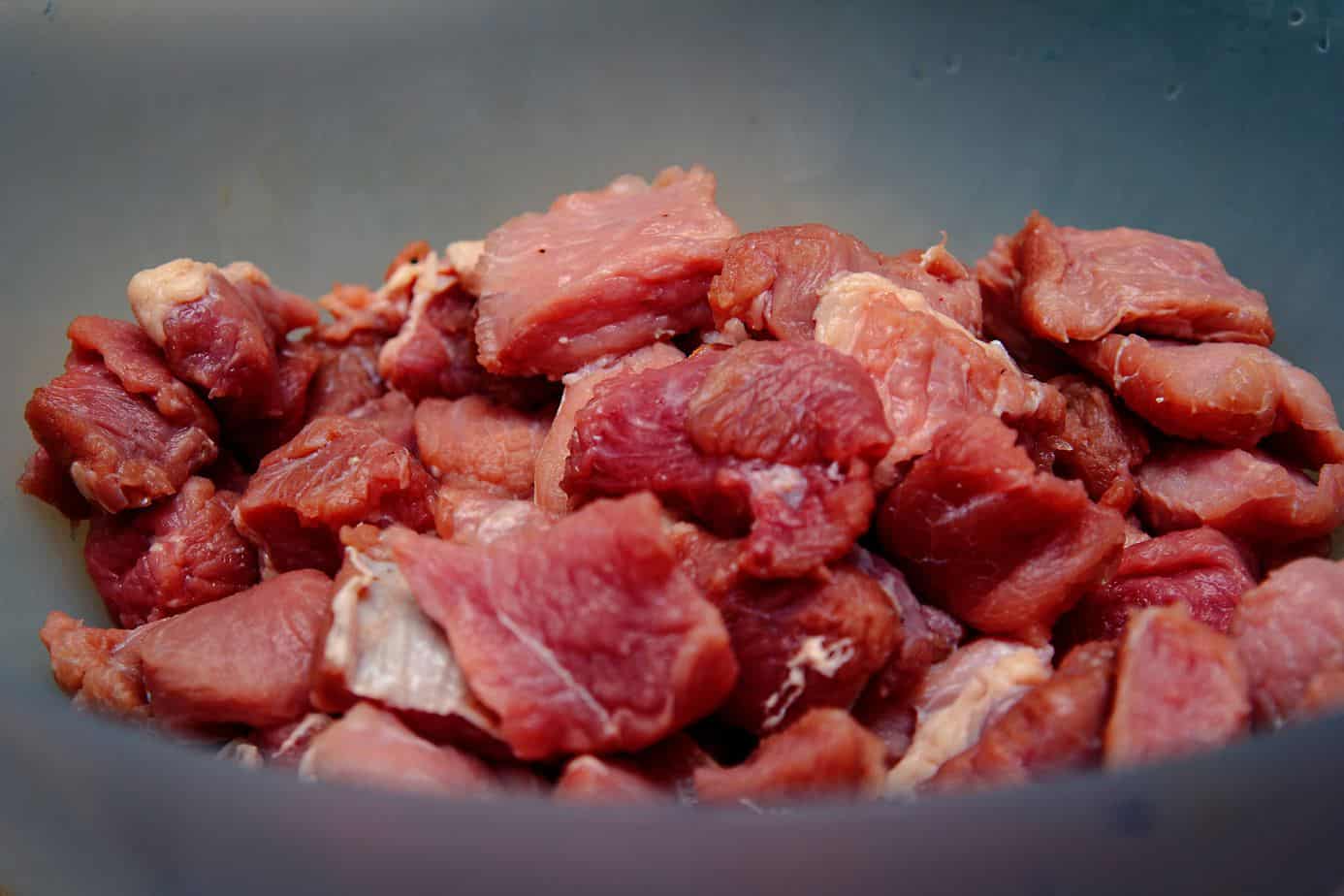

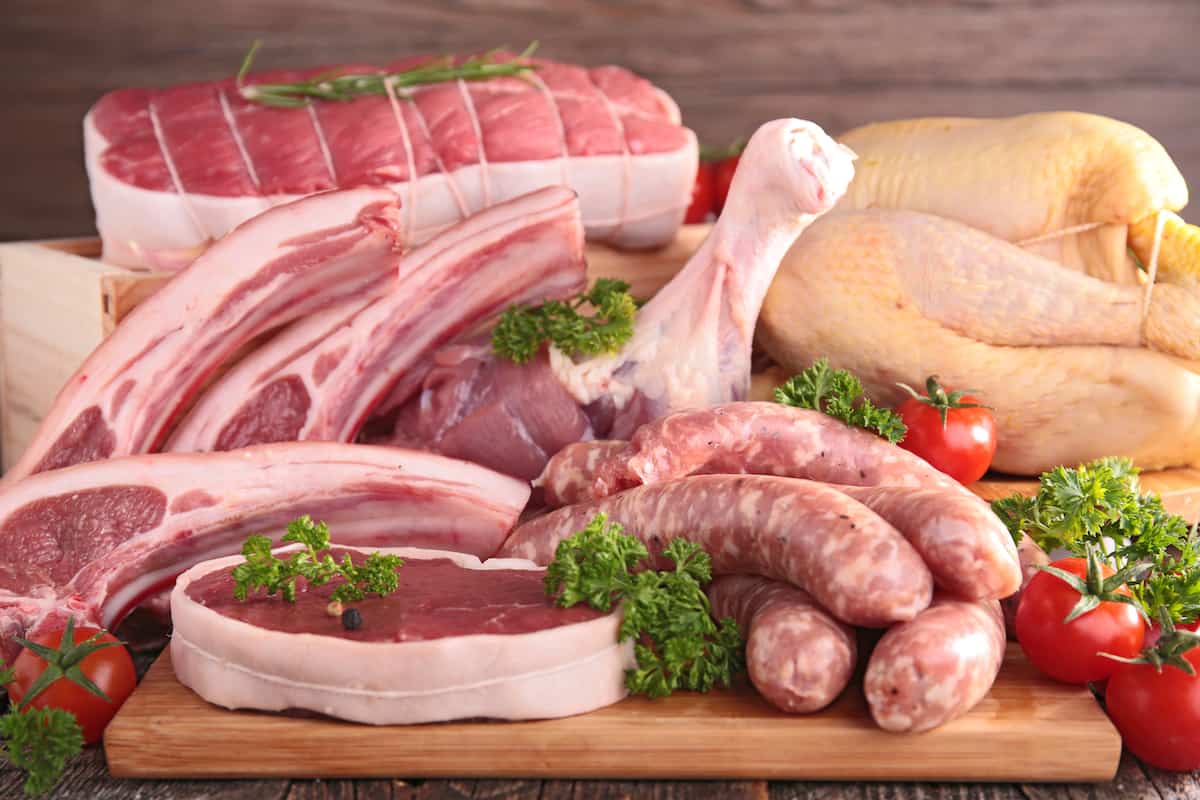
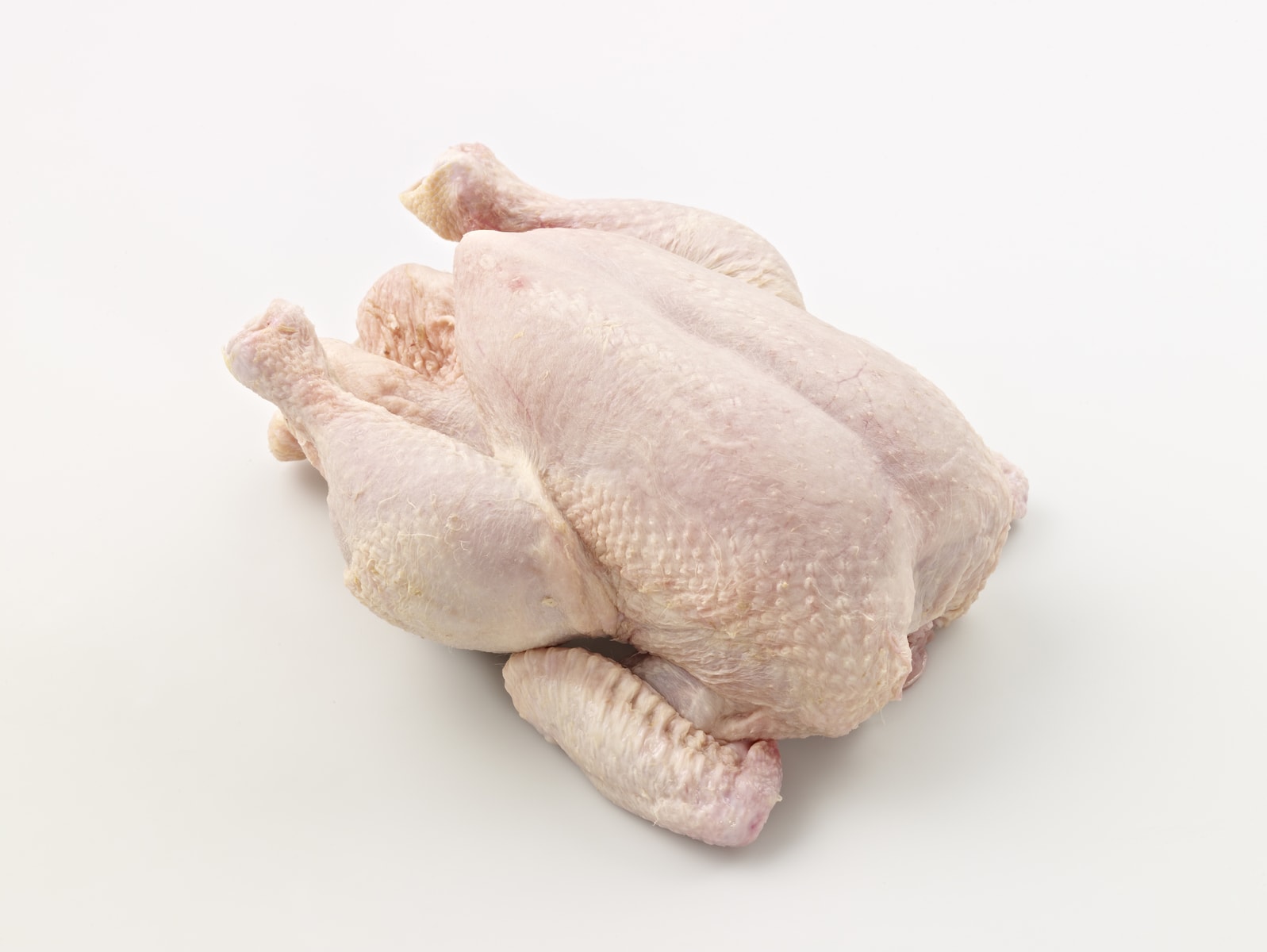
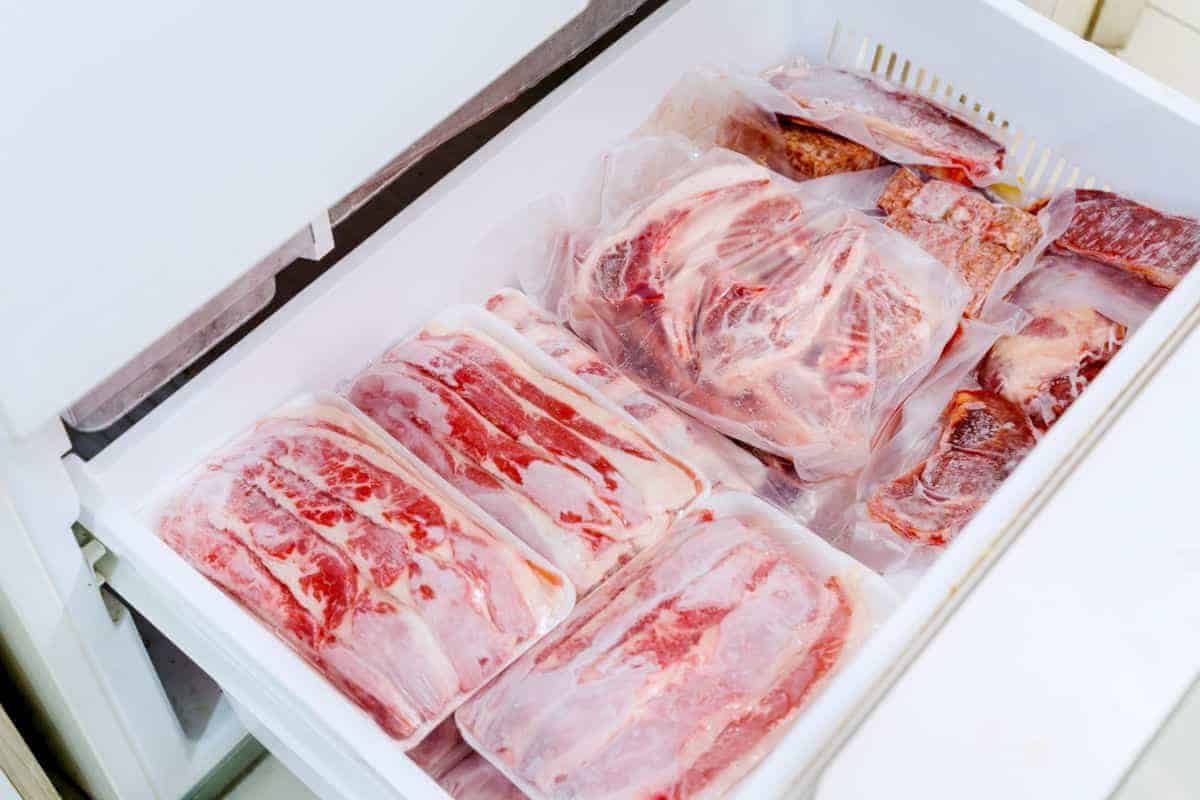

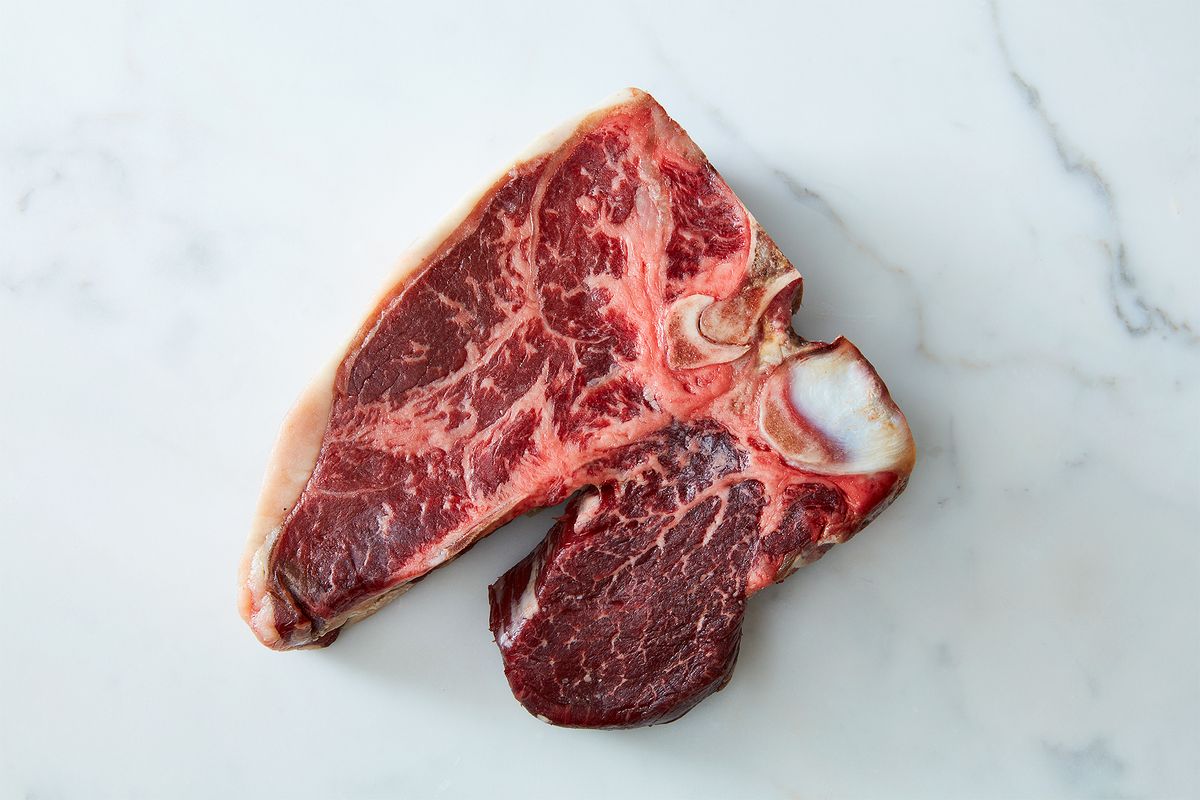

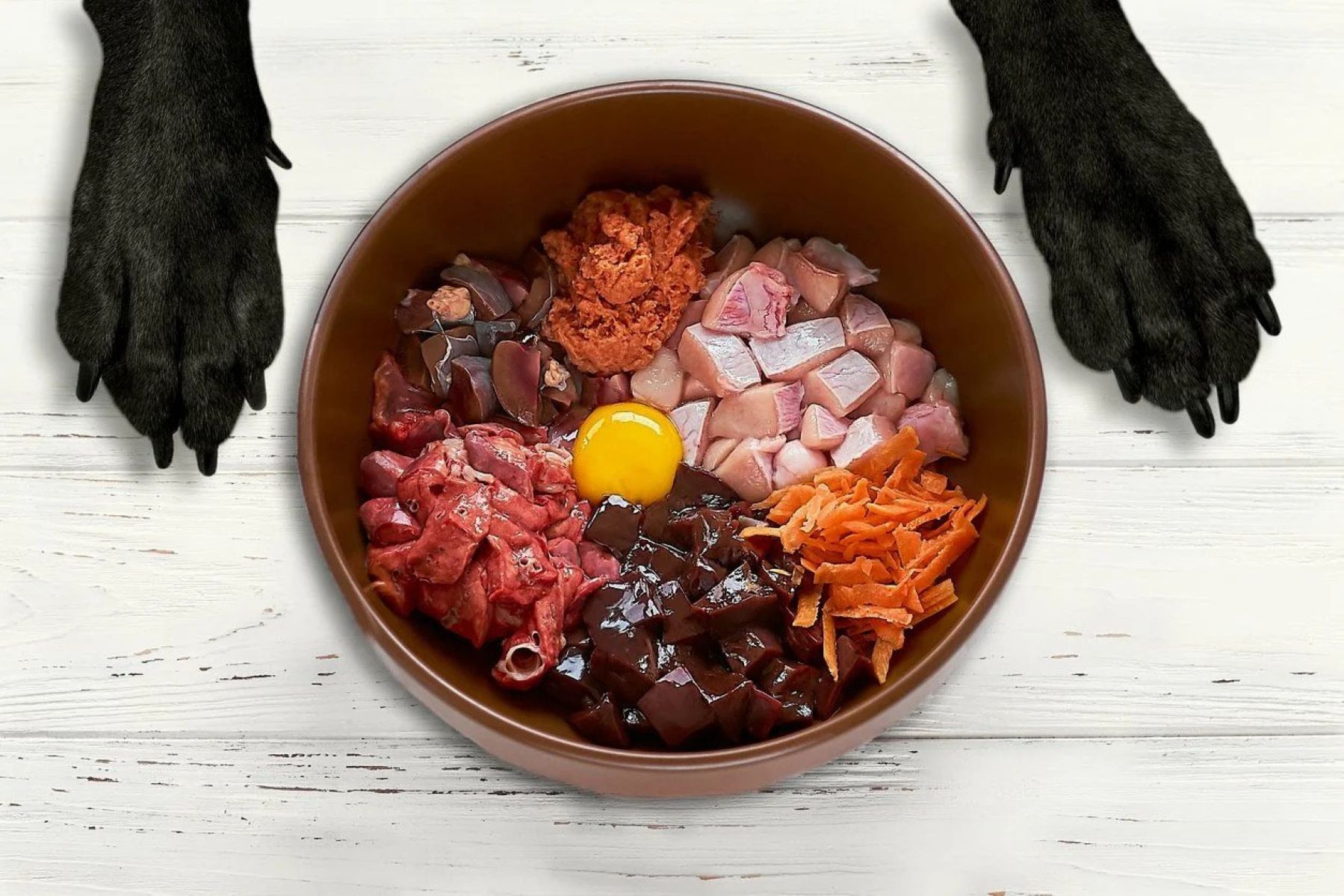
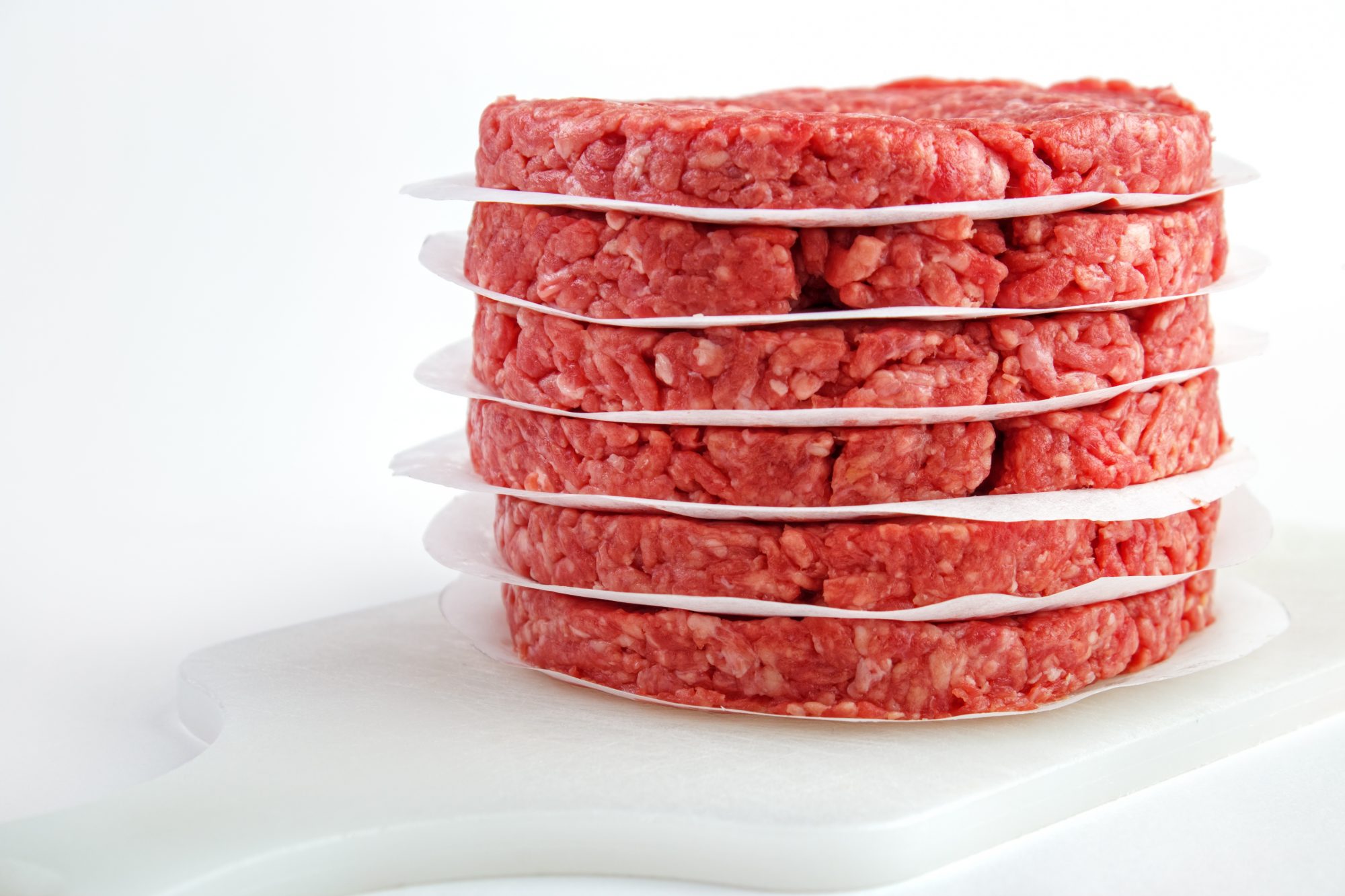
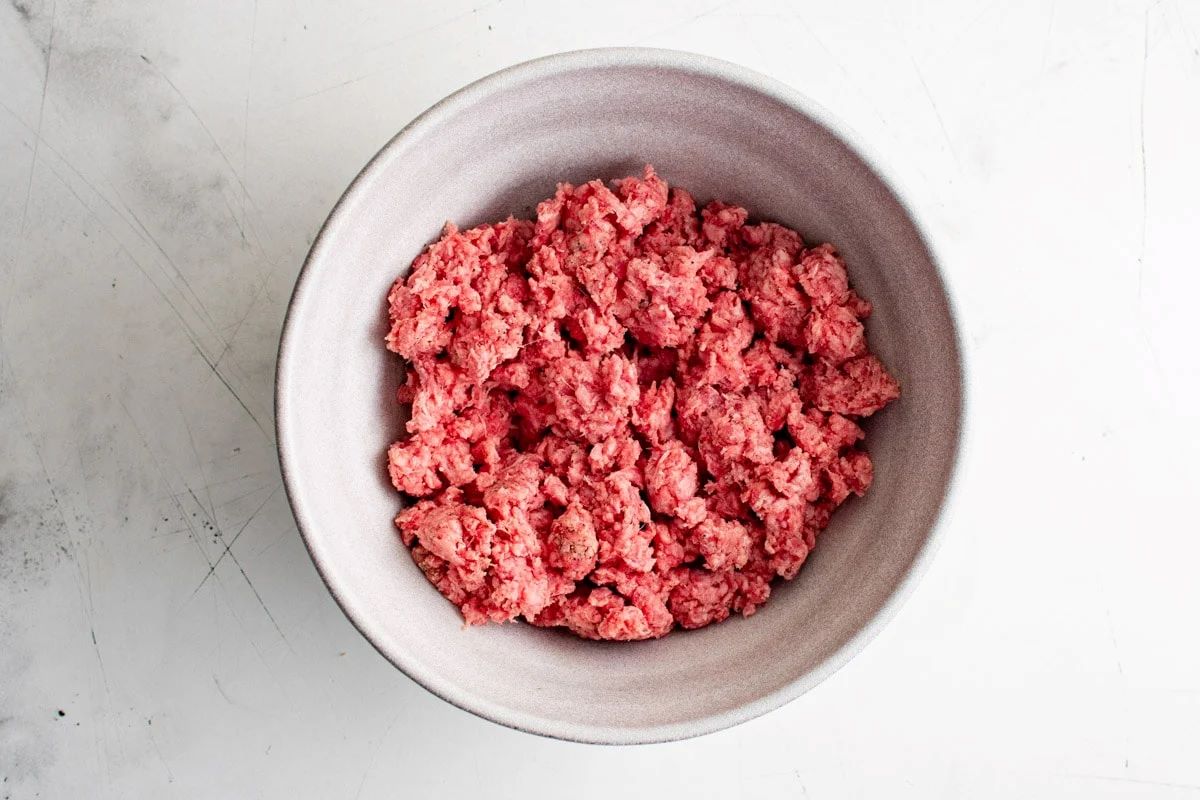
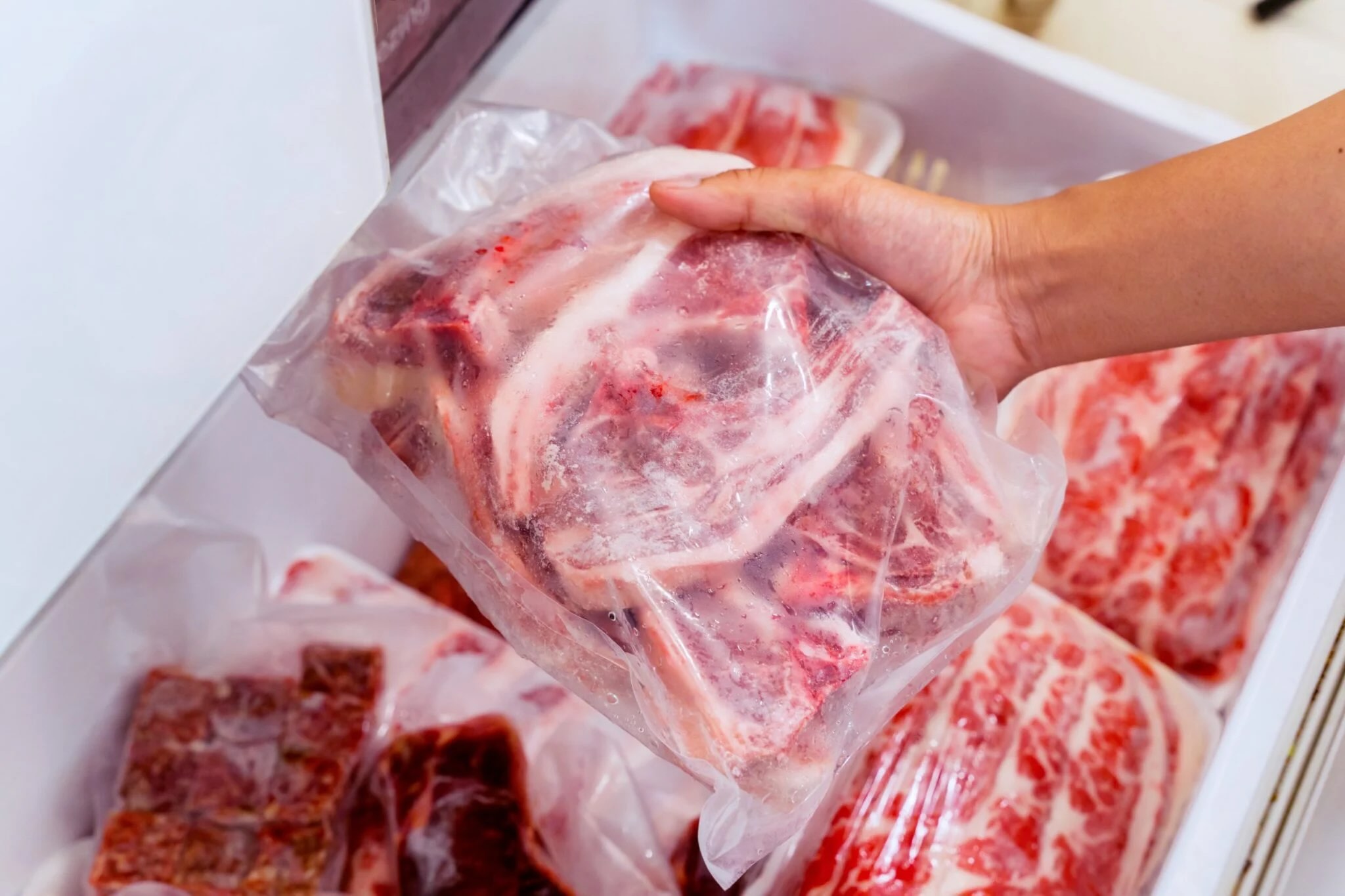
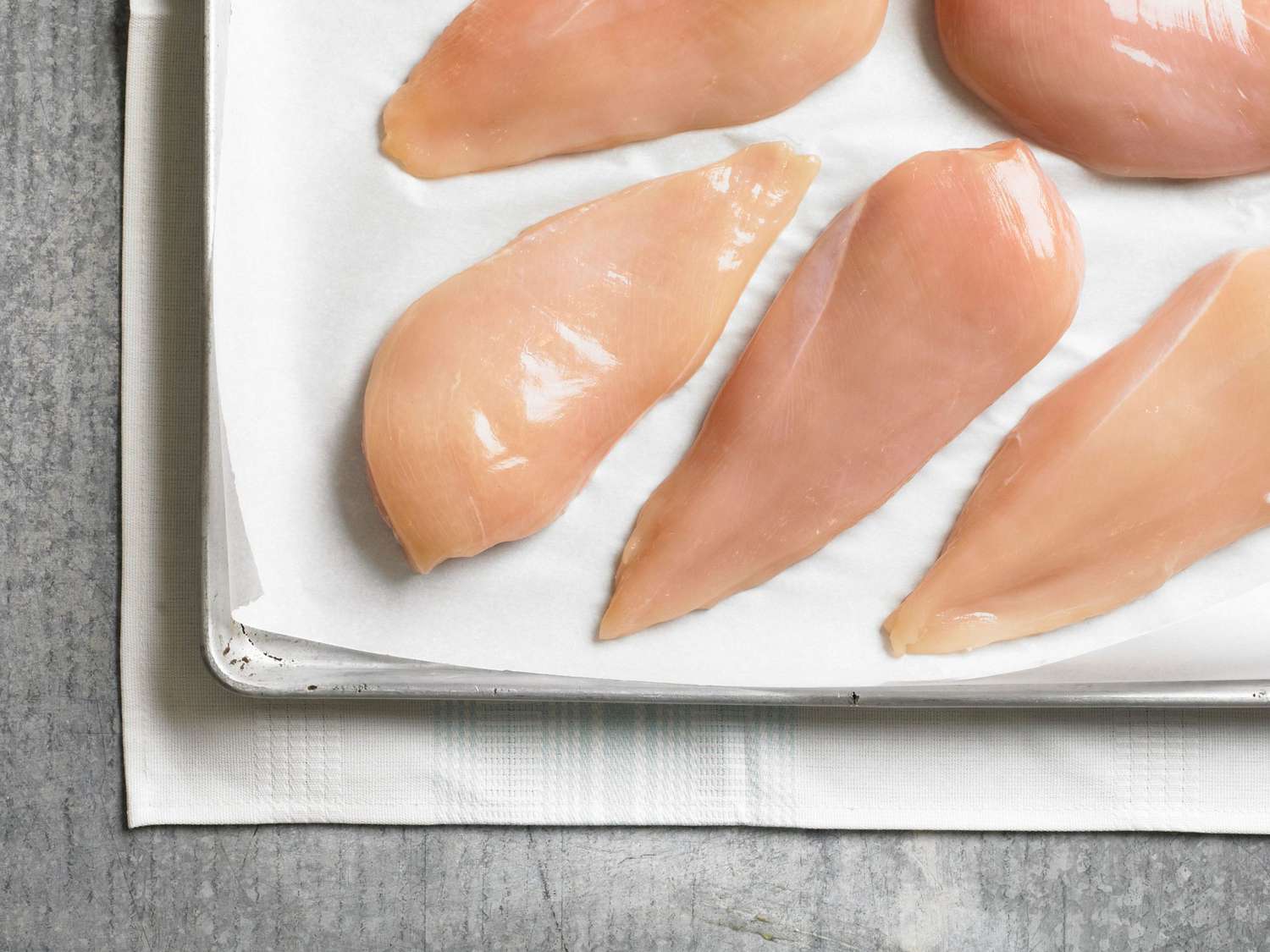
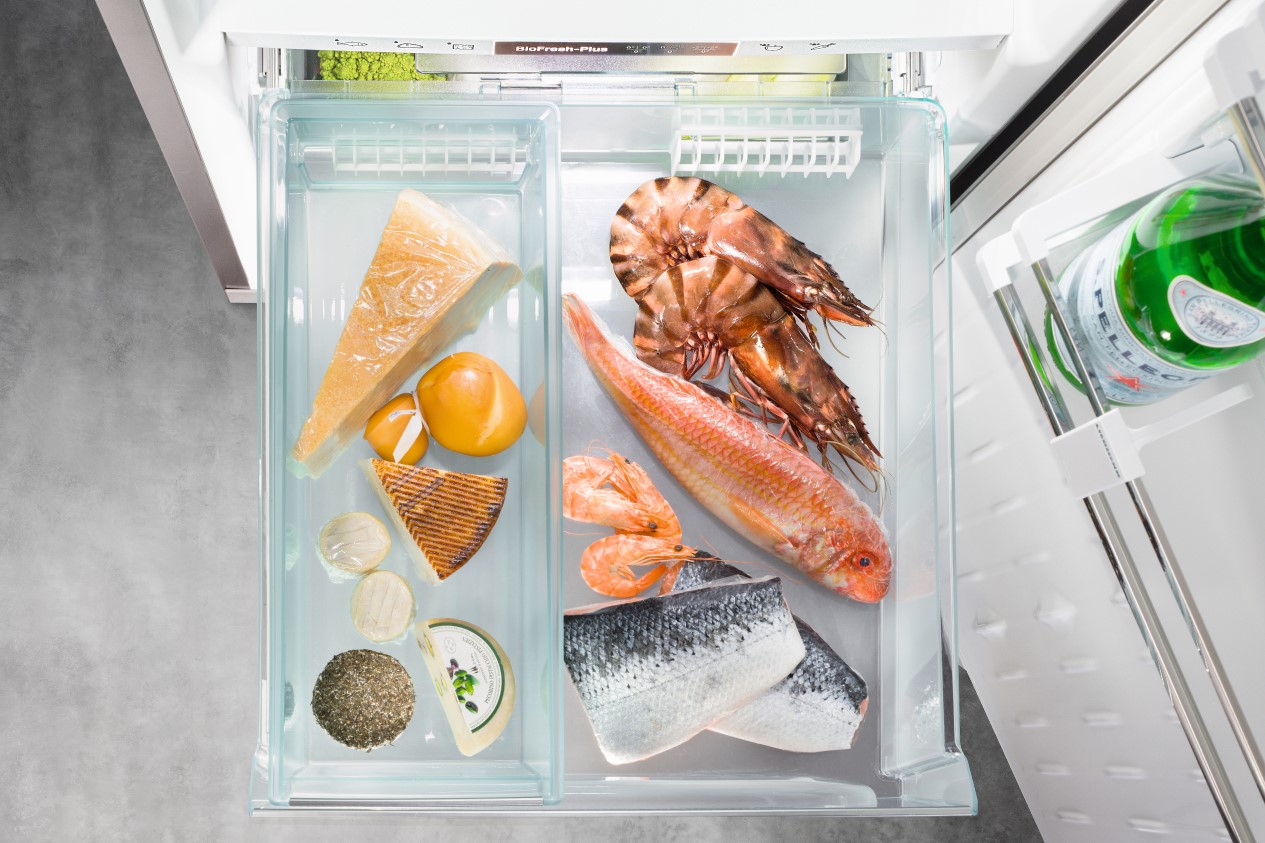

0 thoughts on “Where In The Refrigerator Should Raw Meat Be Stored”